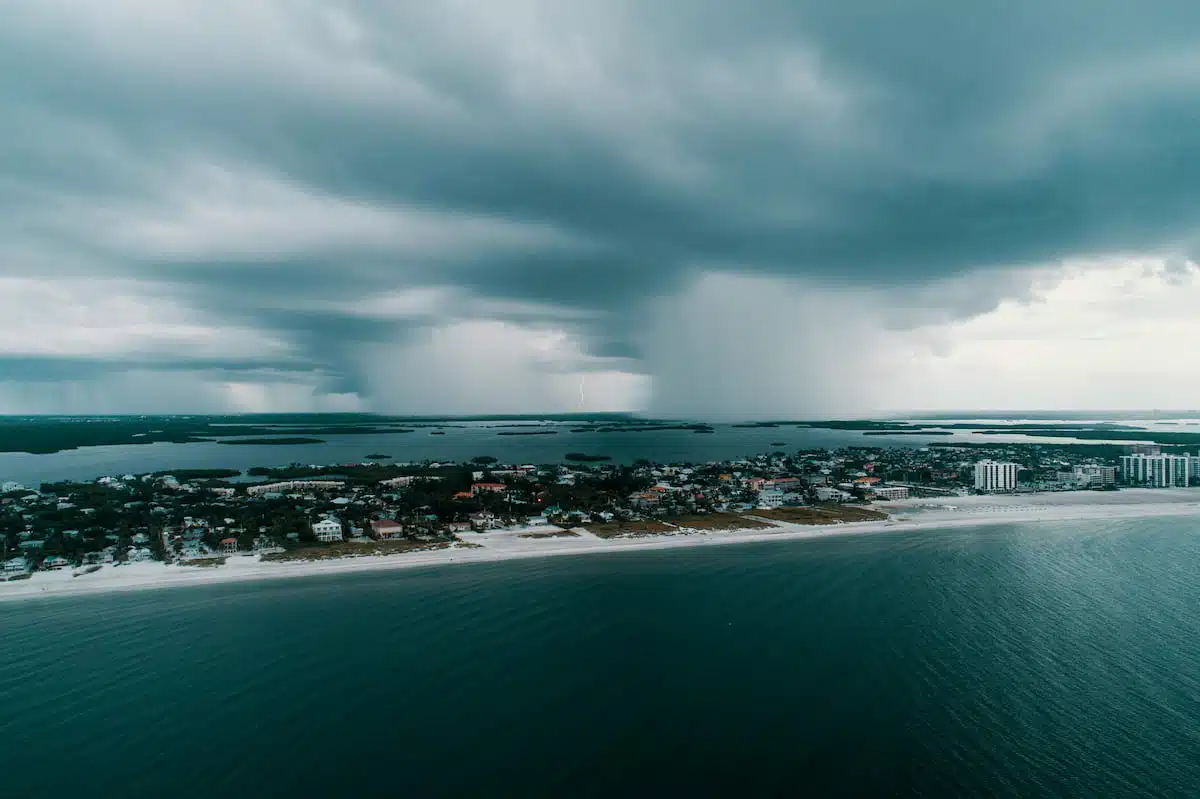
Hurricane season brings a mix of caution, readiness, and community support to ensure everyone’s safety. Many stock up on emergency …

Here are some of the most out-there weather terms we’ve run across in digging into the weather.
This is a colloquialism native to the southern United States that describes an extremely heavy downpour of rain that can often lead to flash flooding. Used in a sentence, you might hear something along the lines of “That toad strangler that came through last night knocked all the clothes on my clothesline all cattywampus.”
The word “Derecho” is Spanish for “straight,” and describes a fast-moving line of ferocious thunderstorms, like the one in June of 2012 that left 23 people dead and more than 44 million people without power across nearly a dozen states. Also known as “land hurricanes,” they are often compared to tornadoes but the damage they cause is instead formed by cold wind from thunderstorms being pushed downwards, blasting a large area with major damage. It’s defined by extending more than 240 miles with wind gusts of at least 58 miles an hour.
This weather phenomenon may sound like something out of H.P. Lovecraft, but it’s actually a beautiful singularity that occurs wherever it’s partly cloudy. Crepuscular rays are the “sunbeams” you sometimes see shooting out the clouds at dawn or dusk. These rays are formed due to sunlight bouncing off particulate matter and water vapor in the atmosphere. There’s up to ten times the amount of atmosphere at dawn and dusk compared to midday, so it becomes quite a beautiful display.
If this particular weather term sounds very foreign to the tongue, that’s because it is—“Haboob” is the Arabic name for “blasting,” and the term is widely used in the Middle East and parts of Africa. It’s used to describe a very intense dust storm wall that originates with the gust of wind that precedes a severe thunderstorm. Because they can overrun a city in minutes with 40 mph winds and zero visibility, the haboob can be more dangerous than the storm itself. They can also pick up particulate matter such as infectious fungi and metal fragments, so they pose a serious threat to both people and infrastructure when they strike occupied areas. They also occasionally hit parts of North America, like the massive haboob that overtook Phoenix in 2016.
Bombogenesis is the process by which a storm intensifies in a very short amount of time. The process of bombogenesis begins with another process called cyclogenesis, which occurs when an area of low pressure develops or strengthens. In bombogenesis, a storm’s barometric pressure plummets by at least 24 millibars in 24 hours, which causes strong winds and a rapidly intensifying storm. More extreme cases of this phenomenon are called explosive cyclogenesis by meteorologists and more commonly a “weather bomb” (which we all have to admit sounds way scarier and cooler than bombogenesis). This usually occurs over marine areas, but does occasionally strike populated areas, like the bombogenesis in California in 2017 that killed four people.
Thundersnow is, disappointingly, not the sequel to AC/DC’s “Thunderstruck,” although it would still make a great metal chorus. As it sounds, thundersnow refers to thunder and lightning occurring during a snowstorm. In fact, thundersnow can be more dangerous than a traditional thunderstorm, as the snow can affect visibility and conduct lightning strikes more efficiently.
There are lots of antique weather terms that have fallen out of fashion, and “drouth” is one of those words. It’s an Irish-English word for the perfect weather during which to dry clothes. It’s also been known to have been used by the Scots as a turn of phrase for an insatiable thirst, and to have migrated into American English during the 19th century as another word for drought. It’s largely fallen out of fashion but it’s not entirely dead—spend enough summers in the Midwest and you’re likely to hear some old-timer wondering how long the drouth will last.
If you live along the Pacific coast anywhere from Monterey to Vancouver, you’re probably intimately familiar with the “Marine Layer.” A marine layer is a mass of air that develops over the surface of a large body of water like Monterey Bay in the presence of a temperature inversion. It’s caused by the cooling effect of the water on the surface layer of an otherwise warm air mass. Where the humidity is high enough, a dense fog can form on the surface of the water, while up above stratus and stratocumulus clouds will form, contributing to what locals know as the “June gloom.”
Okay, it’s not as cool as a sharknado, but you have to admit the name firenado is perfect for that scene in Mad Max: Fury Road. As advertised, a “fire tornado” is a tornado made of fire. When convection heat rises off a wildfire, which are becoming distressingly more common, a swirling, flaming tornado can erupt, which can be dazzling and terrifying at the same time. A huge firenado erupted in 2016 in California’s Refugio Canyon during the Sherpa fire. Also called “fire whirls,” these spinning vortexes of ascending hot air and gases can carry a lot of smoke, debris and flame, leading to mass devastation.

Hurricane season brings a mix of caution, readiness, and community support to ensure everyone’s safety. Many stock up on emergency …

When it comes to property maintenance, there are lots of areas and issues to consider. From changing smoke alarm batteries …
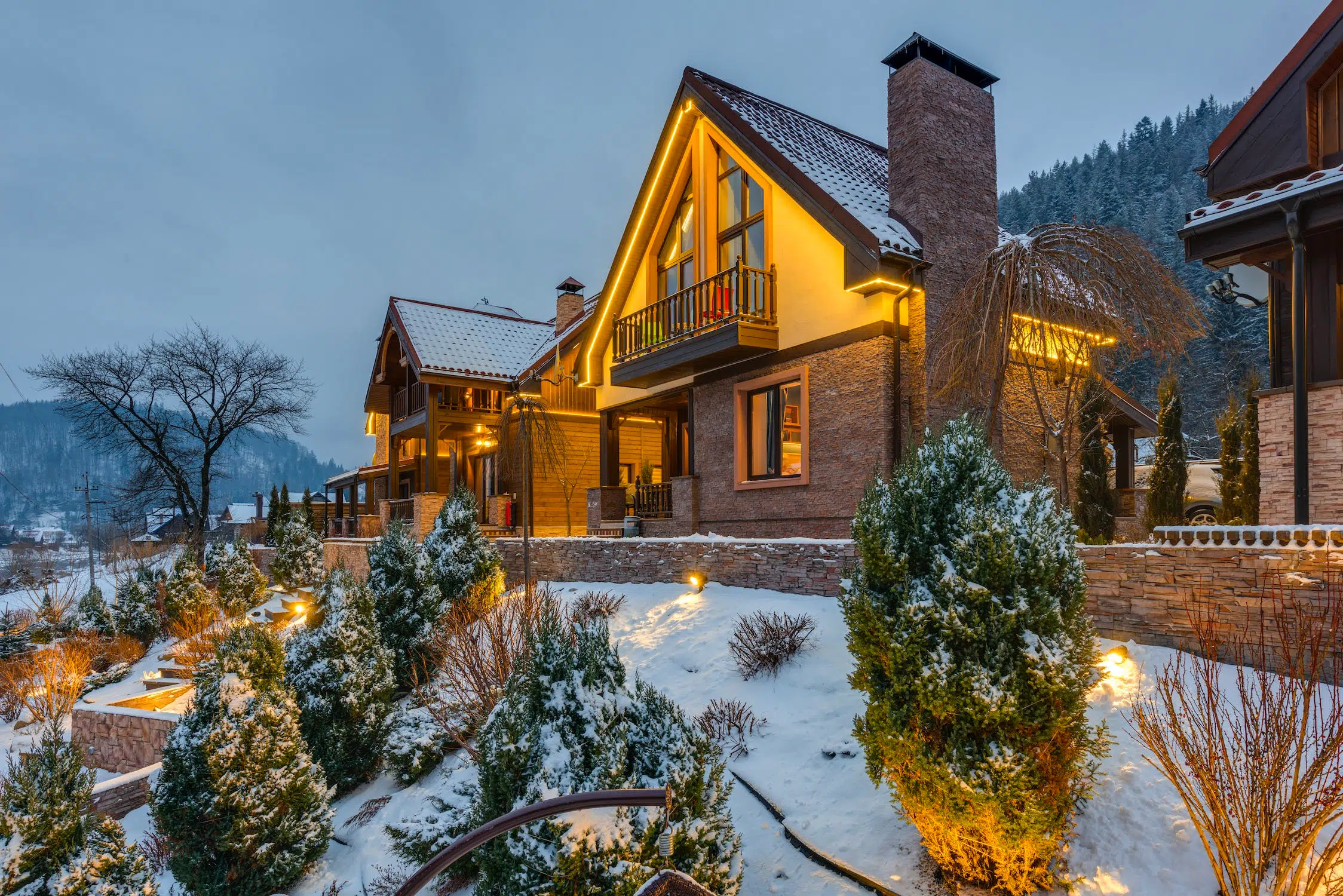
As someone who may not want to face the reality that the notorious Midwest cold front is upon us and …
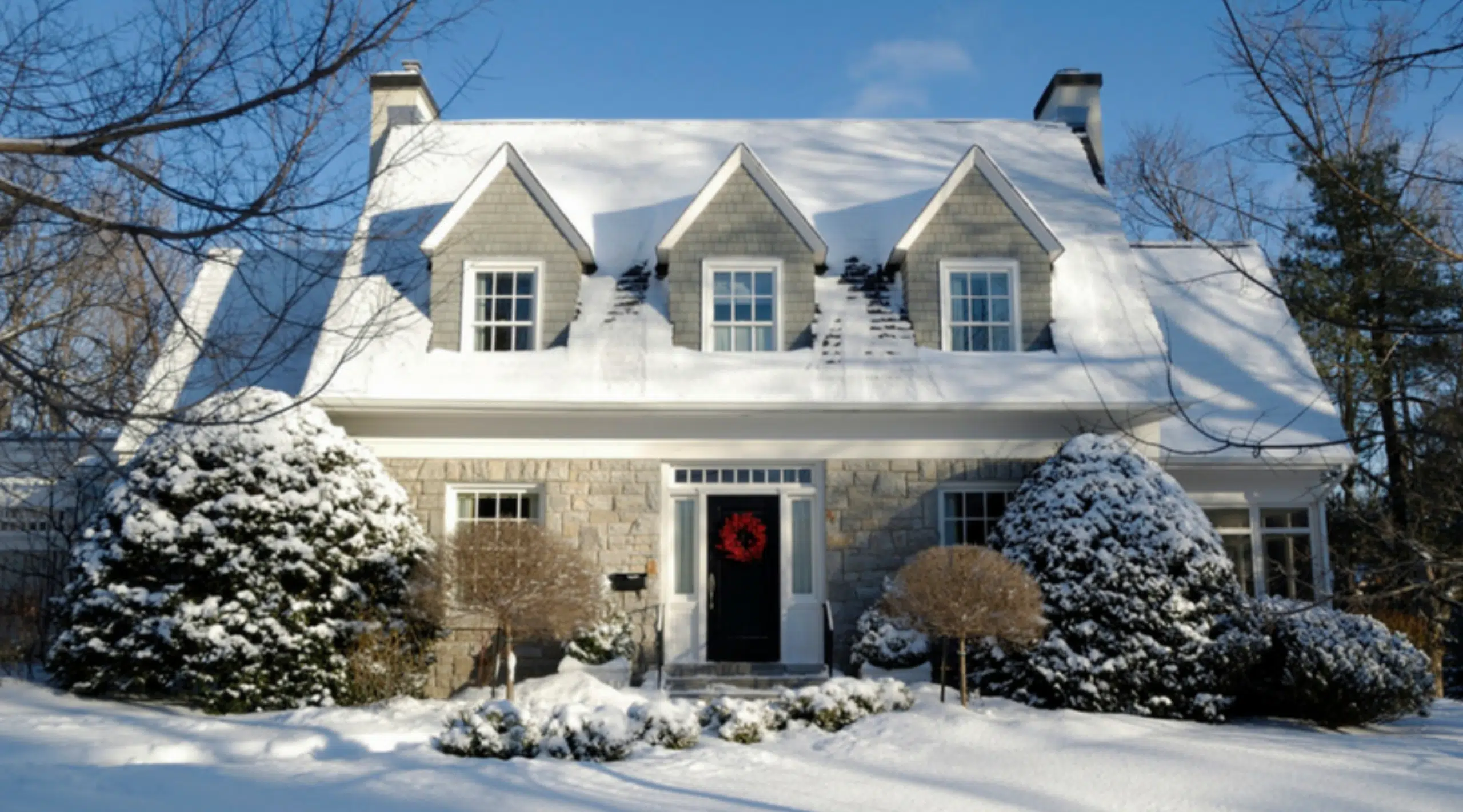
As the temperatures start to drop here in Wisconsin, we begin to think about buttoning up our homes so we …
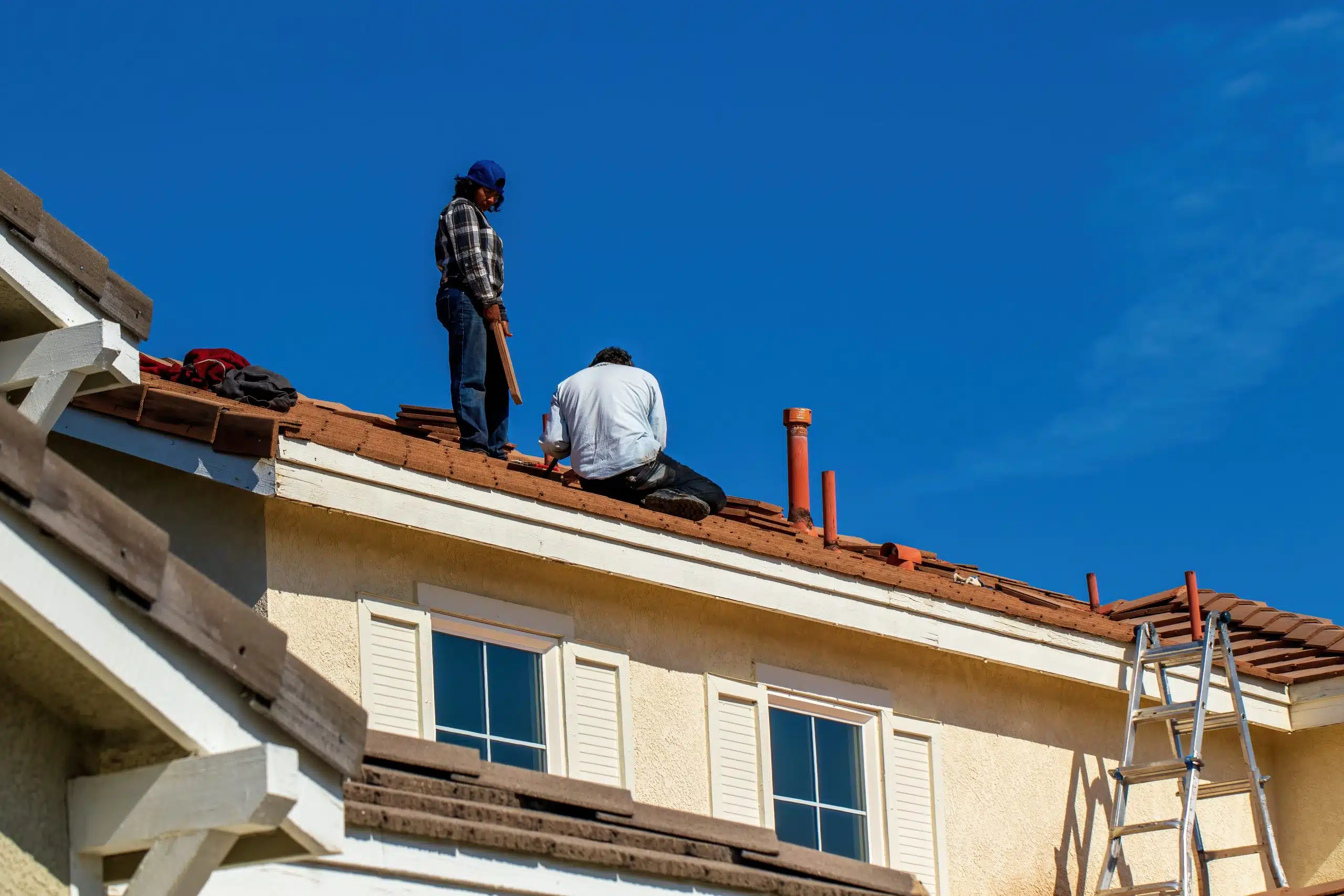
Photo by David Brown Timing is a crucial factor to consider when contemplating the replacement of your roof. Choosing the …
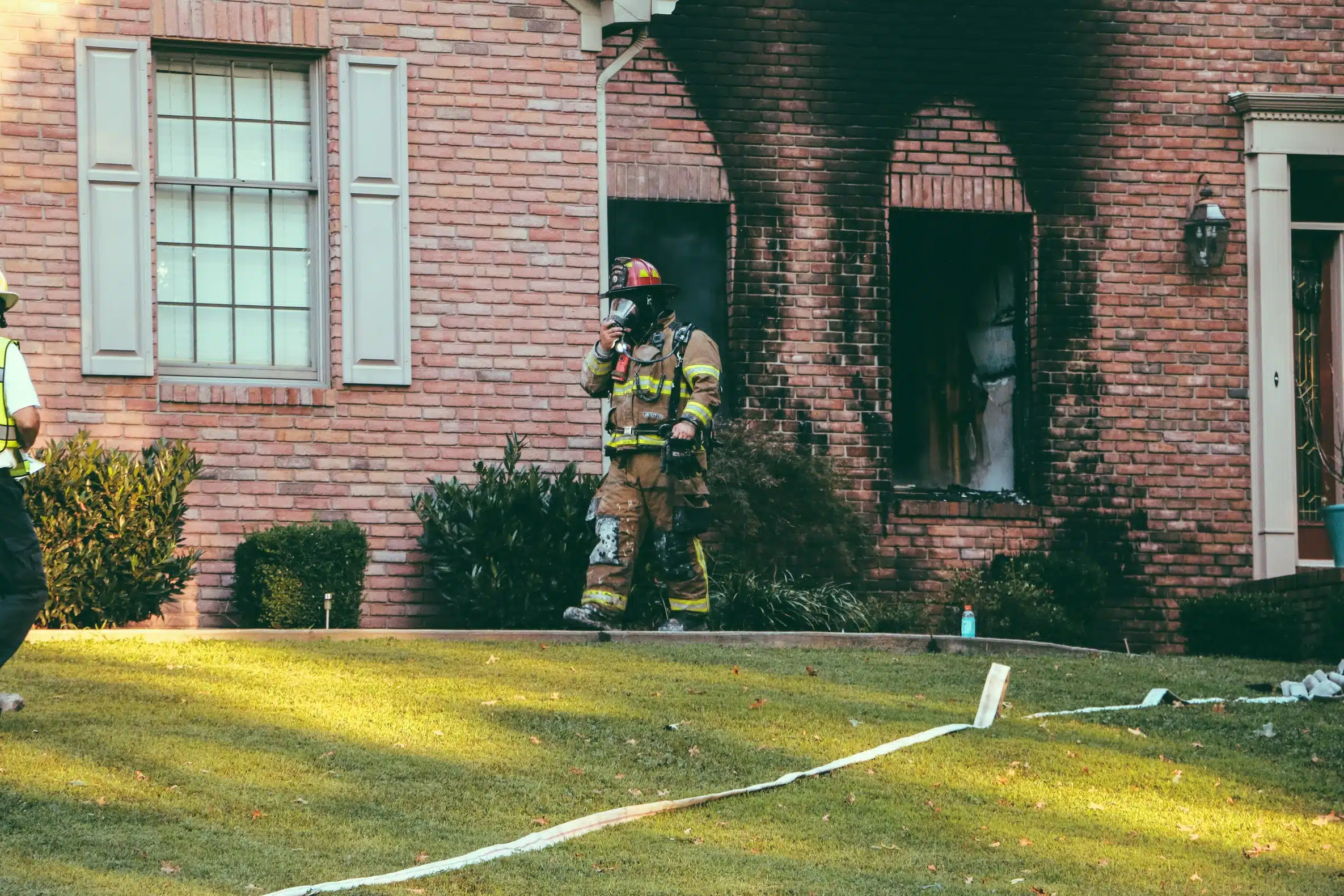
Winter House Fires: Typical Causes Although fires at home can occur during any season of the year, they are most …